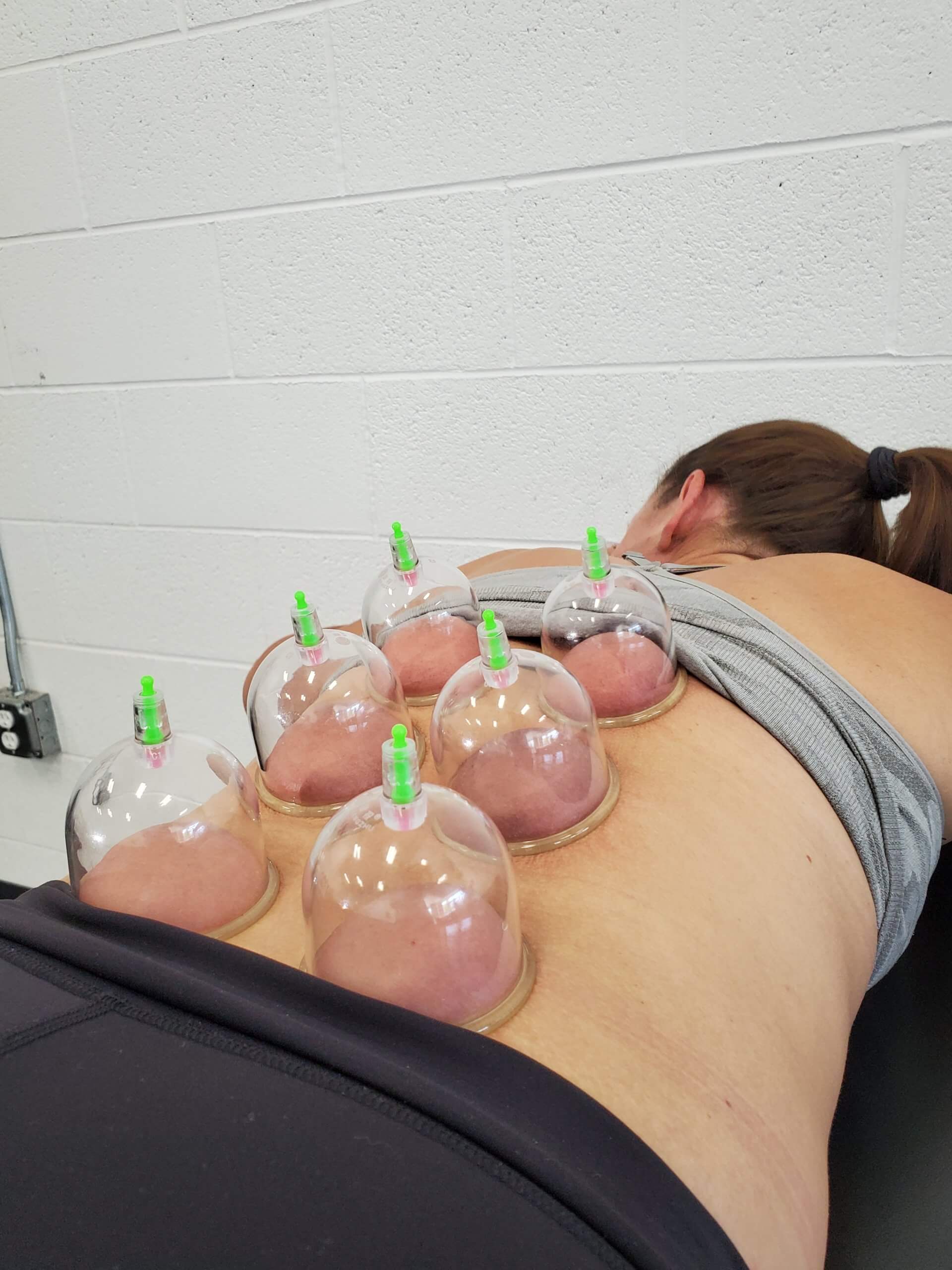What is chronic pain?
Chronic pain is defined as pain that has lasted past the point of when healing should have occurred, usually when the pain has lasted between 3 to 6 months. Although this is an appropriate definition, it is not good enough for us. At Athlecare we understand that chronic pain is described as long lasting pain, but we dive deeper to truly understand what exactly is causing the chronic pain. Understanding why the chronic pain is occurring is critical when defining your chronic pain and finding a solution.
Chronic pain can be defined by the following:
- Disease
- Imbalance
- Compensatory
- Overload
- Permanent injury
Disease
Some diseases can be the cause of chronic pain. A few include autoimmune diseases like MS, rheumatoid arthritis, and fibromyalgia. The reasons behind why these diseases occur is still unknown; therefore, we are still learning about how to prevent and treat them.
With this kind of pain we follow a recovery plan called mitigation. Mitigation is about finding ways to reduce the impact of the pain on daily life. Unfortunately, mitigation is not a plan that will always get rid of the pain or the impact on life. For diseases causing chronic pain we often do not have a cure or a way to really treat the issue. Mitigation is about finding the treatments and exercises that help improve function and reduce pain in an effort to enhance quality of life.
Imbalance
At times the pain in our body is because of an imbalance. The most common imbalance pain is from hamstring strains. When our quads overpower our hamstrings in strength it will often lead to repeated hamstring injuries which can result in a chronic hamstring strain.
To treat chronic pain caused by an imbalance you must regain balance. In the case of hamstrings, you have to both strengthen the hamstrings and release tension in the quads. Most often this kind of chronic pain can be eliminated and prevented with guided help.
Compensatory
The most common compensatory chronic pain is lower back pain. The lower back is a part of a kinetic chain we call “the core”. The core is much more than just the abs. The core includes the abs, lower back, pelvic floor, glutes, and hamstrings. When one part of the core is weak or dysfunctional it is often the lower back that will take up the strain and will become injured. When the compensation is not resolved the injury will happen repeatedly until it becomes a chronic condition.
To treat a chronic pain caused by compensation you have to find the body part that is not working correctly or is weak and then strengthen it. Often you will need to take a step further and retrain body mechanics and movements to reeducate the body on how to use the full kinetic chain.
Overload
Chronic pain caused by overload is when one area of the body is put under too much strain for too long because another part of the body is not working right, or is undertrained. One of the most common pains caused by overload is upper back pain. Due to posture, inactivation of the lower scapula muscles, and tight pecs, our upper back muscles are often put under too much strain. Over time our upper back muscles will become sore and tight causing chronic pain if untreated.
Most times chronic pain caused by overload is easily treated by training the undertrained areas and releasing the affected areas with stretching, massage, or acupuncture.
Permanent Injury
Unfortunately sometimes we can not fully rehabilitate an injury and it becomes permanent. A common permanent injury is a spinal fusion. A spinal fusion is necessary in cases where the pain in the back becomes unmanageable and it needs to be controlled or limited in order to prevent more injury. When a fusion occurs, the surrounding joints become overstrained, causing injury. Because a fusion is permanent, the surrounding joints will also become permanently injured which will lead to further chronic pain.
For chronic pain caused by permanent injury it is once again treated through a mitigation recovery plan like with disease. There is no way to really treat the cause of the pain, but if you can figure out modalities and exercises that can help reduce the impact of the pain, then you can lead a much better lifestyle. We usually treat this kind of ailment with modalities like photobiomodulation.
If you are like millions of other Americans who are suffering from chronic pain stop by Athlecare and see what we can do to help you get your life back!








Recent Comments